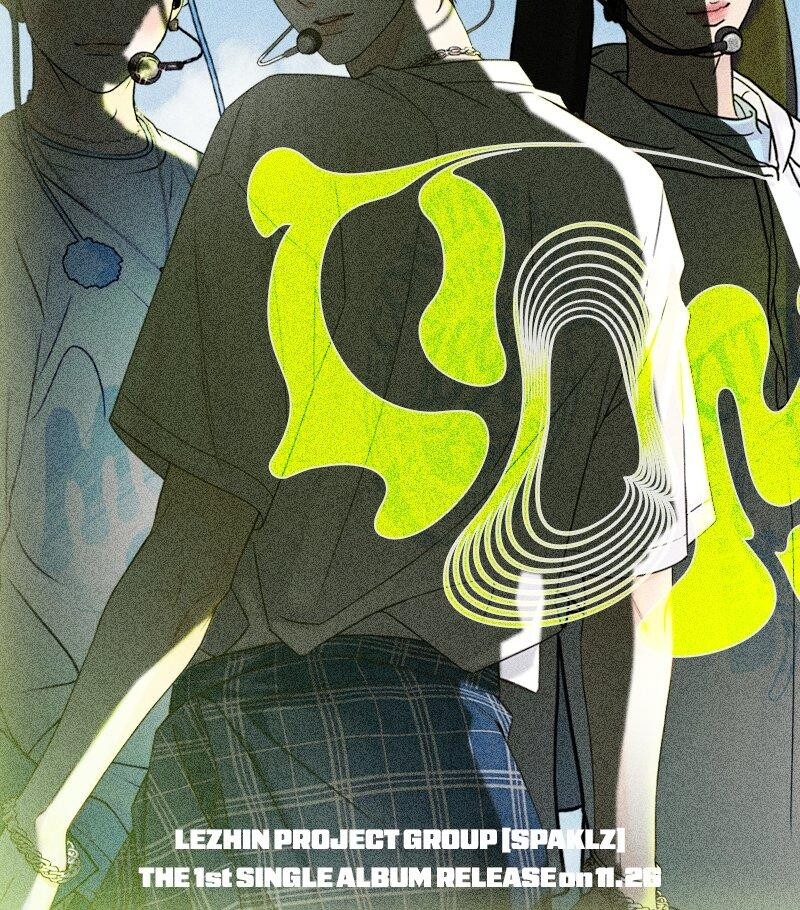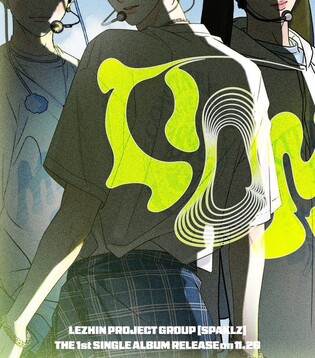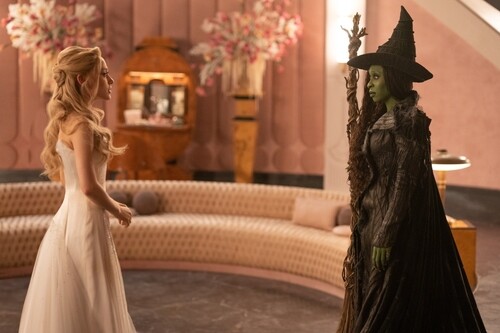Paik Nam-june’s 'Tiger Lives' – Part 1
By Lee Dong-il (Performing Arts Director, Guest Professor at Sogang University
 |
We are still at war.
We are merely in a state of ceasefire.
Anti-aircraft guns aimed at gracefully flying red-crowned cranes remain hidden,
and under the innocent gazes of deer frolicking,
landmines are planted beneath their feet.
Furthermore, the souls of 2.4 million and the ten million separated families
long for each other,
merely staring at the barbed wire of the demilitarized zone.
The tearful times of longing pass by indifferently.
Reflecting on the "Millennium Project, DMZ 2000: The Tiger Lives," performed within the barbed wire of the demilitarized zone on December 31, 1999, and at Imjingak on January 1, 2000, in the midst of this indifferent time where missiles and balloons fly like absurd theater. The project began with the paradox that the demilitarized zone, where the most landmines in the world are buried, has become a treasure trove of biodiversity.
The "Millennium Project DMZ 2000: The Tiger Lives," had the participation of Paik Nam-june, the founder of video art, as an art advisor and myself as the artistic director. It was a monumental project broadcast live to the world over 72 hours via satellite by 87 broadcasters including PBS, BBC, and MBC. Paik's work, representing the East with a "moon-gum" and the West with a "cello," is currently displayed in the lobby of the Sejong Center for the Performing Arts, a donation from myself.
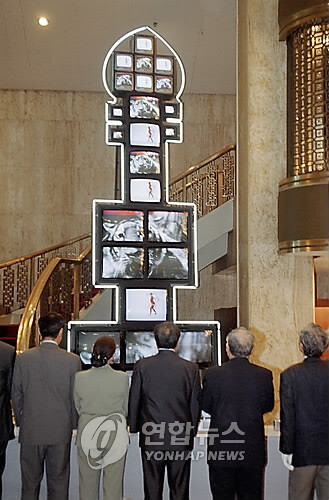 |
| ▲ This image shows "Tiger is Alive" by Nam June Paik Installed at Seoul Sejong Center Grand Theater. Paik Nam-june's video sculpture titled "Tiger is Alive" has been installed at the Grand Theater of the Seoul Sejong Center for the Performing Arts. The artwork, created on July 5, 2001, centers on the traditional Korean folk mascot, the tiger, symbolizing earth peace, coexistence, and unification. The sculpture comprises two main elements, "Wolgeum" (moon lute) and "Cello," embodying the aspirations and future vision of these themes. (Yonhap) |
In an interview, Paik Nam-june explained the project’s intent as “to naturally recognize the necessity and inevitability of reunification. ‘The Tiger Lives’ can be understood as a culmination of my video art, which began in 1982. A 45-minute video piece, with a 14-minute segment broadcast globally through Korea’s MBC, the UK’s BBC, and the US’s ABC among others via television and the internet. It’s incredibly fulfilling to wish for reunification through art. Sending a message of peace and coexistence to the world itself is significant” (JoongAng Ilbo interview, December 25, 1999).
About 30 years ago, I first met Paik Nam-june in New York and proposed creating a work that would convey a message about the coming 21st century's advancements in art and technology and their communication. I later visited his home again with a proposal titled “Shamanism and Information Super-highway” and my doctoral thesis.
The idea was to merge shamanistic rituals, one of humanity's oldest communication methods, with the new era's leading technologies—the internet and video art. The proposal envisioned an immersive intercultural performance traveling from Gyeongju to the Guggenheim Museum in Italy by train, featuring local artists' performances along the way.
This performance sought to transcend national, regional, and racial boundaries, realizing Paik Nam-june’s core philosophy of “participatory democratic two-way communication” through the internet and satellite broadcasting.
The project was rapidly progressing with the help of renowned media art critic and chief curator of the New York Guggenheim Museum, John Hanhardt. Paik Nam-june also provided significant interest and advice, while I worked diligently to provide him with video materials and reference books on Korean traditional art, further concretizing the proposal.
However, I read an article indicating that Korea's preparations for the millennium project were lagging compared to other countries. This led me to modify the existing proposal, shifting the focus to creating a performance symbolizing division at Panmunjom and the DMZ. The revised project aimed to gather world-class artists to perform a new genre of multimedia intercultural performance within the framework of Korean traditional arts, representing Korea's millennium project.
In mid-February 1999, I visited Paik Nam-june, who was vacationing in Miami, to discuss the “Paik Nam-june’s Millennium Video Gut (working title)” project for three days. Proposals related to the millennium project were flooding his home fax machine from around the world. His wife, Shigeko Kubota, requested that our first meeting be brief, about 30 minutes, due to his health condition following a stroke, confining him to a wheelchair.
I began the meeting with a direct question: "Do you know how many families were separated due to the Korean War?" After a moment of contemplation, Paik shook his head, and when I told him it was around ten million, he was visibly shocked. I then read him poems reflecting the pain of division and separated families, trying to evoke his identity as a Korean. I emphasized our serious intention to transform the DMZ, a symbol of division, into a space of coexistence and peace, in stark contrast to other countries preparing for the millennium as a festive occasion.
Paik recalled the ecstatic dances he witnessed in Korean shamanistic rituals during his childhood and spoke about the power of non-verbal communication through dance and music that transcends borders and races. He passionately discussed the wisdom of the nomadic horse-riding tribes who knew how to live in harmony with nature and the potential of satellite art to communicate with the world. Despite his illness, Paik’s sense of humor remained intact. He proposed the radical idea of installing around 2,000 junk cars, symbolizing the waste of civilization, in the DMZ and having 2,000 men and women dance on them to symbolize life and coexistence in a project he called 'LIBIDO 2000'. Our conversation extended well beyond two hours.
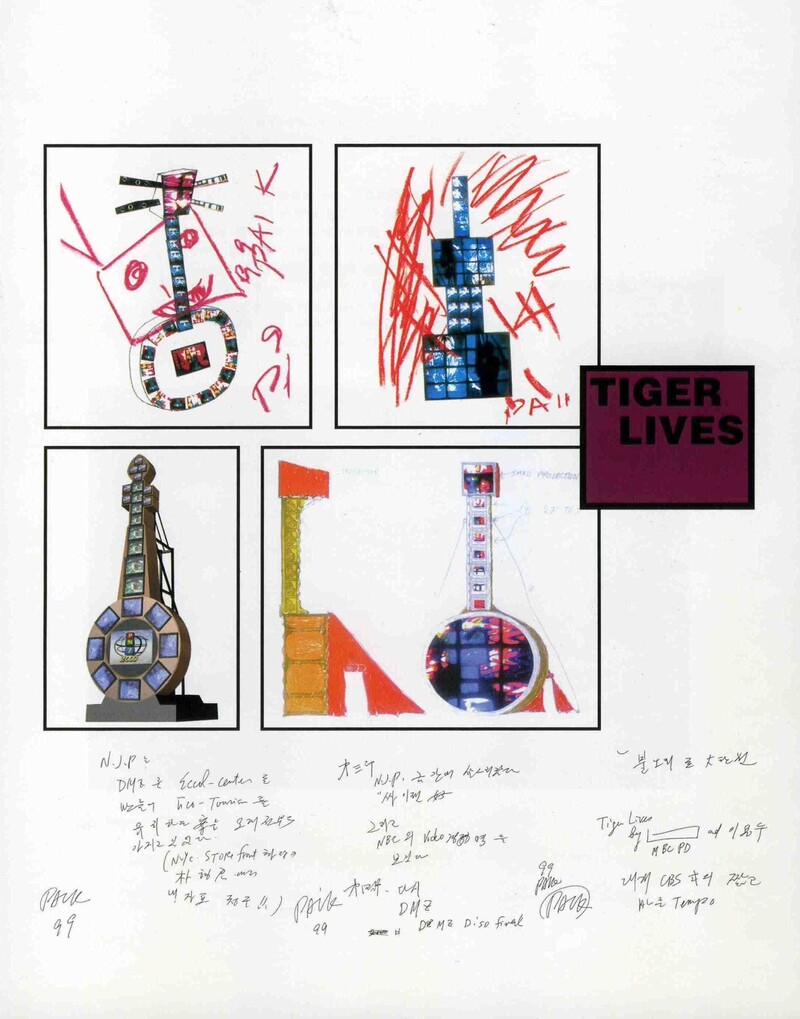 |
 |
| ▲ Handwritten Note by Nam June Paik on Millennium Project (Photo Courtesy of Lee Dong-il) |
Paik described himself as a "clown who makes people scream and dance" and laughed heartily. Filled with artistic inspiration, he felt invigorated like a tiger and even suggested we head to the beach immediately to have a race, with him in his wheelchair and artist Jin Young-seon, who was on crutches at the time.
This was the beginning of the emotionally charged journey of the 'Tiger Lives' performance. It marked the moment when the wounded tiger, Paik Nam-june, who had roamed the world for so long, was finding his way back home.
(To be continued)
 |
| ▲ This photo shows Lee Dong-il lecturing on Late Artist Nam June Paik on the afternoon of January 28, 2016, at the Sejong Center for the Performing Arts Museum in Jongno-gu, Seoul. Professor Lee Dong-il from the 21st Century Arts Management Research Institute delivers a lecture on the late artist Nam June Paik. This event is part of the "Tiger Lives, Today" program, commemorating the 10th anniversary of Paik's passing. (Yonhap) |
(C) Yonhap News Agency. All Rights Reserved

























